When I was a child growing up in Serbia, I was not really concerned about the origins of my food, but when I moved to the U.S. and started preparing food for my family, I had to spend some time researching the food culture of my adoptive country.
I like to cook from scratch, using the best quality ingredients I can find, in order to control as much as I can what we ingest. We live in an urban area in southern California and I have access to a large variety of food products from all over the world. In addition to that, I brine my own sauerkraut every year, make yogurt and cheese occasionally, grow tomatoes and herbs, and pick the citrus in the neighborhood to make fresh juices. I only wish the city allows us to raise chickens in our back yards!
In Serbia we lived in a city, but some of the wheat and corn flour my mother used in cooking was stone-ground in small village mills, usually run by the energy of mountain springs. Finding something like that here in Greater Los Angeles area would be a daunting, if not an impossible project.
When I heard of WonderMill grain mills, I knew that I could achieve that in my own house, without even venturing to a supermarket. I expected an appliance the size of a coffee grinder, but when the big box appeared on my porch, I was impressed. The mill is heavy, solid, made of good quality plastic; the canister can hold several pounds of ground grains; but what makes it most appealing to me is how easy it is to operate.
Dealing with technology or anything that runs on electricity is not one of my talents and I was a bit apprehensive. But from the first time I ground two cups of whole wheat to clean out the mill from possible factory debris, I was relieved; I knew that the mill and I will have many pleasant moments together.
I had several bags of whole grains and seeds in my pantry and I decided to play with buckwheat, which to me is a complete unknown. We did not use it when I was a child and as I mostly followed my mother’s recipes for baked goods, I did not experiment with the unfamiliar, wanting rather to become confident with the familiar.
I researched it and found out that it is not a grain, nor is it related to wheat. It is a seed similar to sunflower seed, with a brown or green outer coating, which turns the flour dark. For centuries, it has been a staple of Central-European and Asian cooking, and Russian Federation is still its biggest agricultural producer. The seed is used whole and roasted in kasha varnishkes, ground up to make soba noodles, and most recently as a substitute to wheat in beer production. Bees feed on the nectar of buckwheat flowers and produce rich, strong-tasting honey.
Buckwheat does not contain gluten which makes it a perfect alternative for people suffering from celiac disease and allergies to gluten, but it contains more protein than rice, millet, corn, or wheat and is high in the essential amino acids. It also has higher levels of zinc, copper and manganese than any other cereal grains.
After I ground two pounds of Russian buckwheat, the flour was dark, coarse, and fragrant. It smelled like toasted nuts and I immediately knew I had to make cookies. To add more layers of flavor I added cranberries soaked in orange juice and some finely chopped nuts. The dough was a bit too soft to my taste, but keeping it chilled in the fridge eliminated the fear of failure.
I did not know what to expect when I pulled the cookies out of the oven and I used my two teenagers as guinea pigs without telling them what the cookies were made of. At thirteen and fourteen they have fairly discerning tastes and they know what they like and what they don’t. When they ran into the kitchen demanding more, I had to smile and pat myself on the shoulder. The cookies were slightly spicy, crumbly, soft and aromatic, simple, but utterly satisfying. I enjoyed their rich, coarse texture and nutty flavor enhanced by the tartness of plump cranberries.
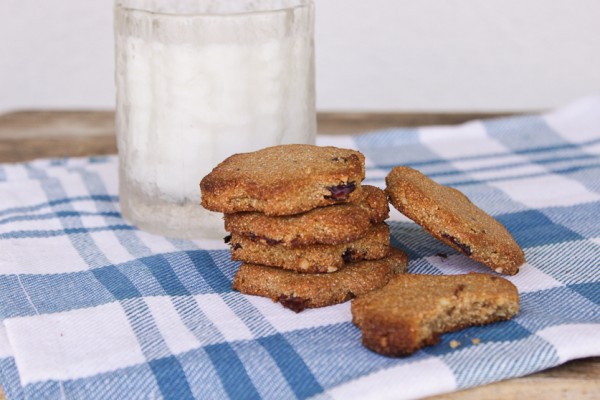
- ½ cup dried cranberries
- ¼ cup orange juice
- ⅓ cup packed brown sugar
- ⅓ cup granulated sugar
- 1 egg
- 1 stick butter at room temperature
- 2 cups buckwheat flour
- ½ tsp salt
- ¼ tsp cinnamon
- ½ cups finely chopped or ground nuts (I used macadamia nuts, as I had some leftover from a few days before)
- Place the cranberries in a small bowl and cover with orange juice.
- Soak for 30 minutes.
- Preheat the oven to 400F.
- in the meantime, combine two sugars, egg and butter and mix until fluffy, about 3 minutes.
- In a separate bowl mix buckwheat flour, salt, and cinnamon.
- Pour the egg/sugar/butter mixture into flour and stir to combine.
- Stir in the nuts.
- Place a piece of plastic wrap on the kitchen counter and pat the dough into a disc.
- Keep in the fridge for 60 minutes.
- Flatten the dough between two sheets of plastic wrap until it's between ⅛ and ¼ inch thick.
- Cut out cookies using different shapes and place on a cookie sheet 1 inch apart.
- Put the cookie sheet in the fridge for 10 minutes to allow butter to harden a bit.
- Bake the cookies for 15-20 minutes, until darker around the edges.
- Cool on the sheet pan for several minutes and transfer to a cooling rack.
- Cool completely and serve.
- Makes 40 cookies (about 2 inch in diameter)
We don’t have to use buckwheat in our everyday lives, but I think it will become a fairly regular visitor in my home, especially now that I am a proud owner of a fabulous WonderMill.


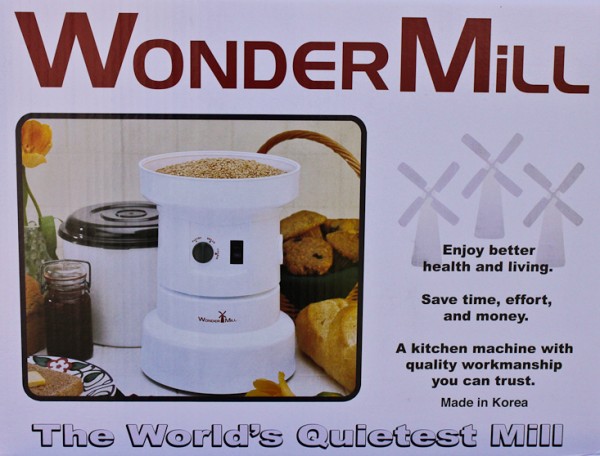
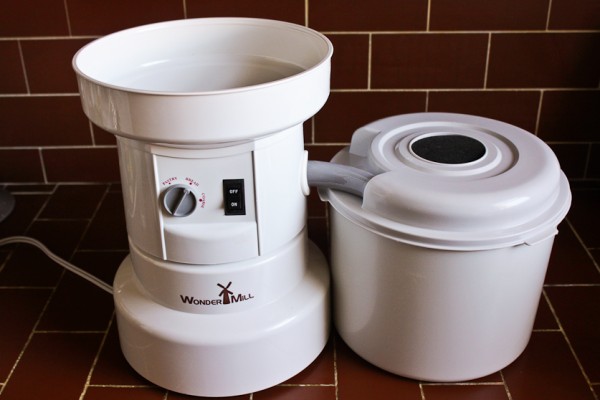
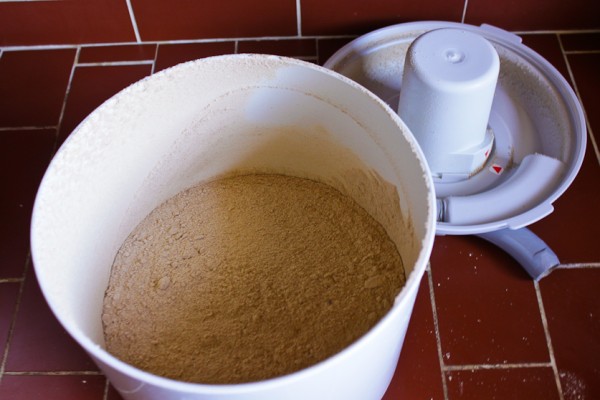
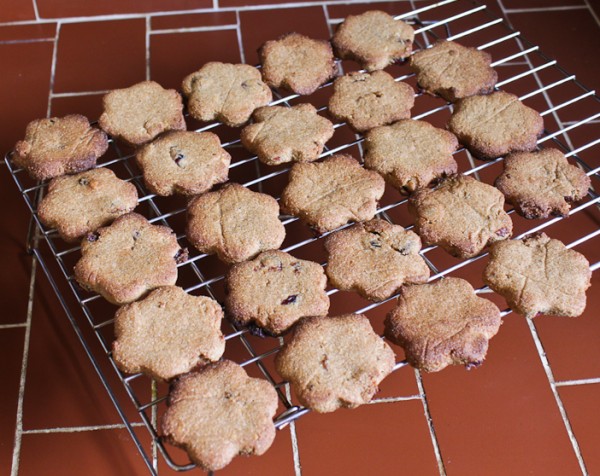
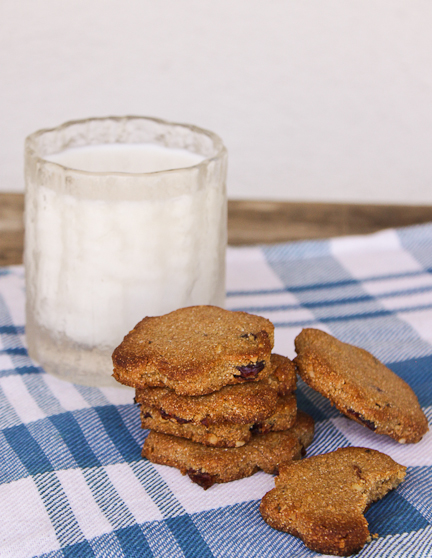



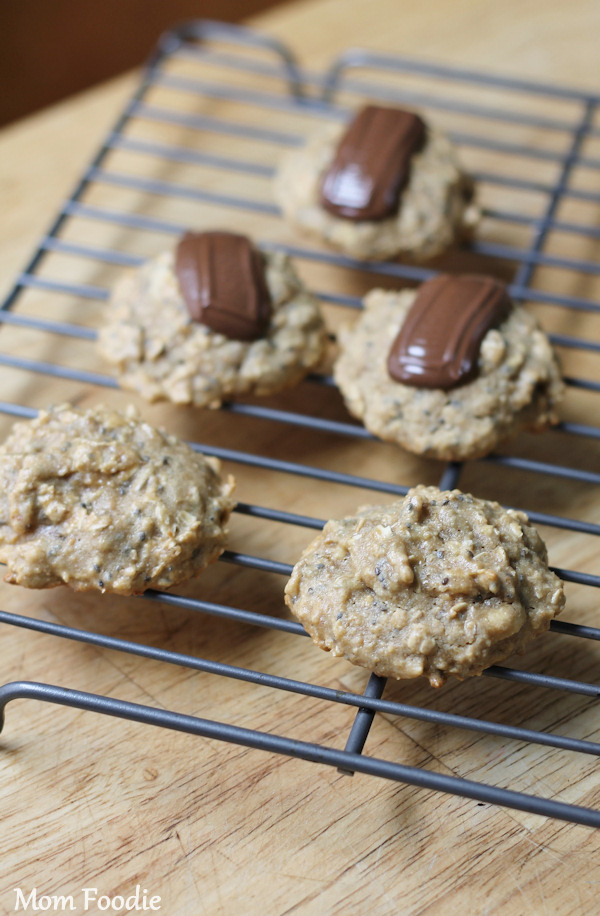

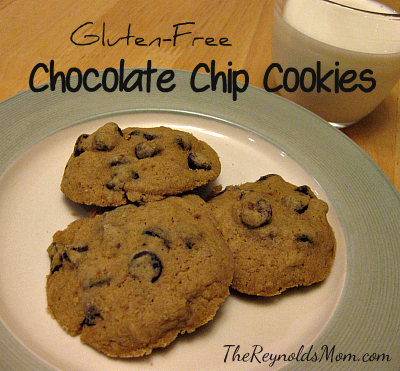
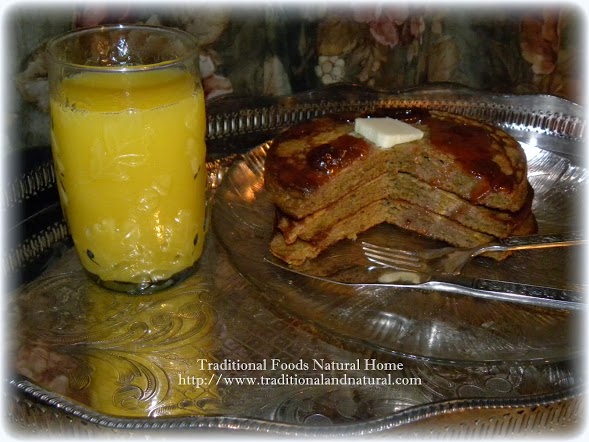
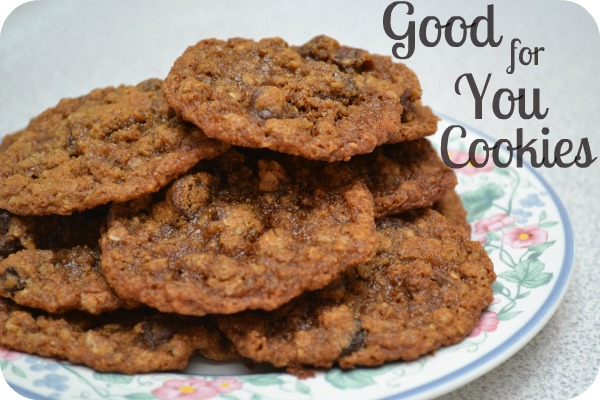
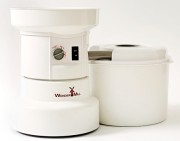
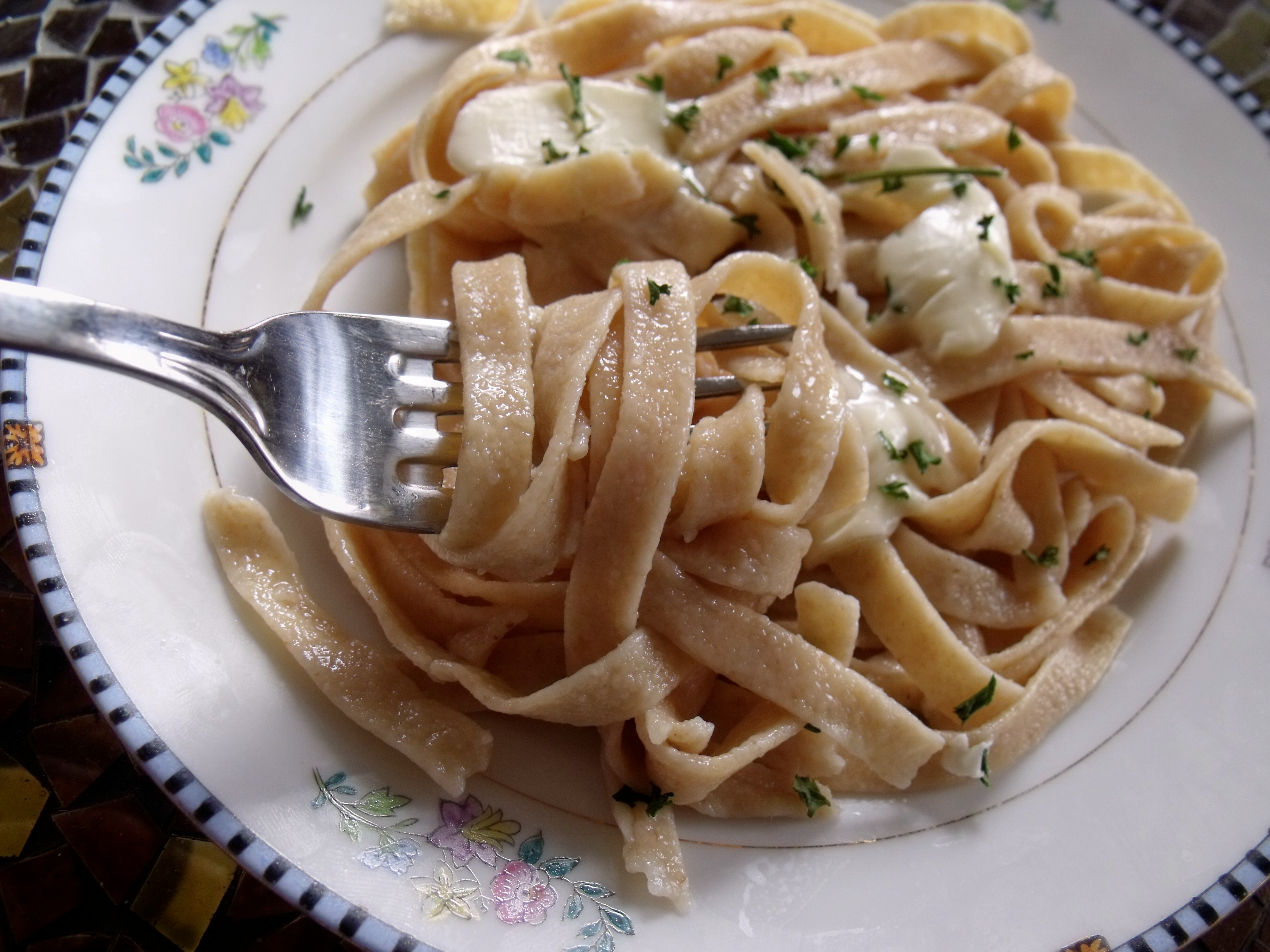
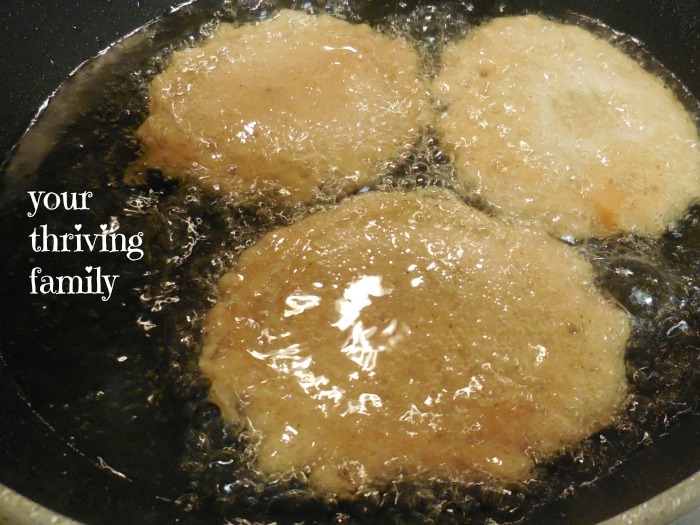

2 Responses to Buckwheat Cookies with Cranberries and Nuts